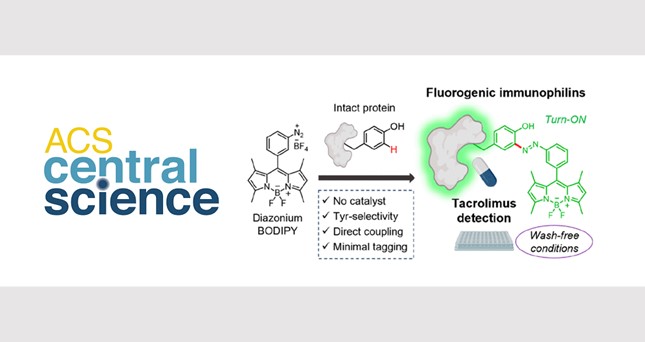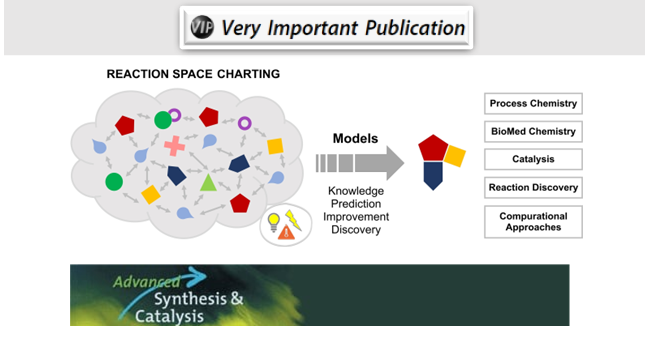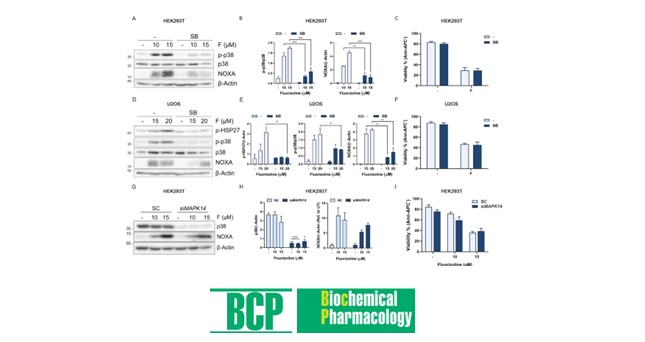Kishore, K. G. Ghashghaei, O.; Estarellas, C.; Mestre, M. M.; Monturiol, C.; Kielland, N.; Kelly, J. M.; Francisco, A. F.; Jayawardhana, S.; Muñoz-Torrero, D.; Pérez, B.; Luque, F. J.; Gámez-Montaño, R.; Lavilla, R. Angewandte Chemie Int. Ed. 2016, 55, 8994-8998.
Trimethylsilyl chloride is an efficient activating agent for azines in isocyanide‐based reactions, which then proceed through a key insertion of the isocyanide into a N−Si bond. The reaction is initiated by N activation of the azine, followed by nucleophilic attack of an isocyanide in a Reissert‐type process. Finally, a second equivalent of the same or a different isocyanide inserts into the N−Si bond leading to the final adduct. The use of distinct nucleophiles leads to a variety of α‐substituted dihydroazines after a selective cascade process. Based on computational studies, a mechanistic hypothesis for the course of these reactions was proposed. The resulting products exhibit significant activity against Trypanosoma brucei and T. cruzi, featuring favorable drug‐like properties and safety profiles.




